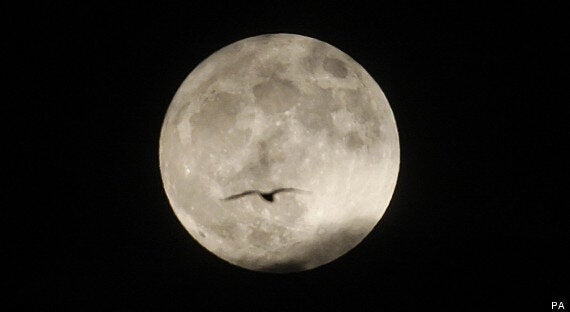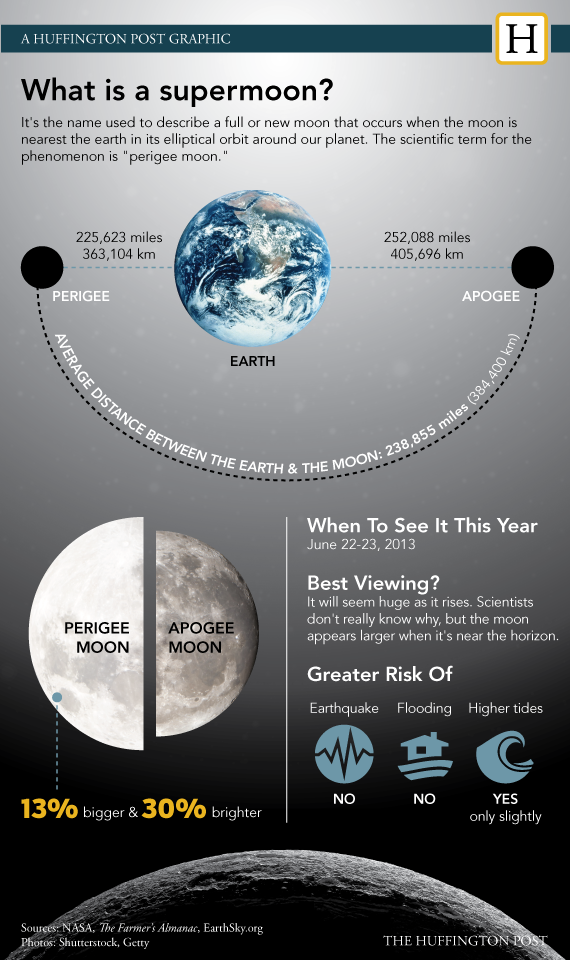A ''supermoon" will grace the skies this weekend, with the satellite expected to appear in its biggest and brightest form this year. The phenomenon, known as a perigee full moon, occurs when the Moon reaches its closest point to Earth. At this time it can appear up to 14% larger and 30% brighter than when it is farthest from the planet, experts said.
But skywatchers have been warned they may only have "fleeting" views tonight after weather forecasters predicted cloudy skies for most of the country. Billy Payne, forecaster at Meteogroup, the weather division of the Press Association, said: "There'll be a fair amount of cloud around tonight so we may see a few glimpses. It will be fleeting. By tomorrow night the area of low pressure will have moved to the east. The clearest skies will be across southern and western parts of England, although most places will have a good chance of a clear view."

The 'supermoon' seen from Edinburgh in 2012
The Moon is expected to appear at its best in the UK in the early hours of tomorrow morning, at around 4am, Dr Robert Massey, of the Royal Astronomical Society, said. UK skywatchers will then miss the Moon when it hits perigee, the point in its orbit when it is closest to Earth, which is expected at about midday on Sunday. At this stage, it will be around 360,000 km away - compared to 400,000 km at its farthest point.
The Moon will then appear bigger and brighter again on Sunday night. Dr Massey said: "'The eye is so good at compensating for changes in brightness that it may only appear a little brighter. 'What you may notice is that the Moon will be a little bit bigger.''
But he said it could still be worth glancing up at the skies tonight, adding: ''The Moon is always beautiful and a full moon is always dramatic.'' The Moon's distance from Earth varies because it follows an elliptical orbit rather than a circular one. Scientists have dismissed notions that the phenomenon could cause bizarre behaviour or natural disasters. Its most significant impact is likely to be on the tide. Experts say the next "supermoon" is expected to appear in August 2014.
